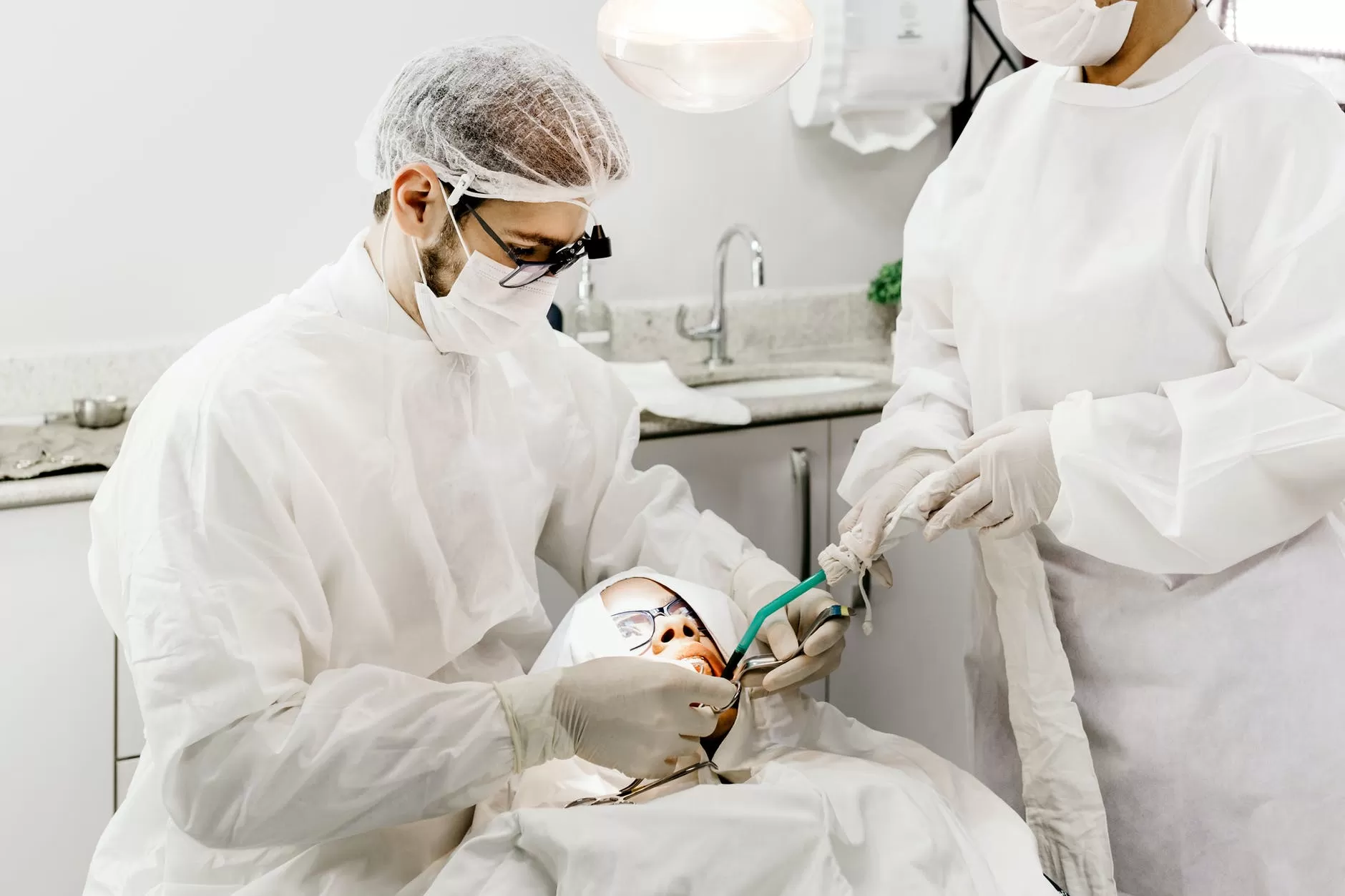
It started as clicking. Quiet. Occasional. Then came the ache. The fatigue. The uneven bite. I stopped chewing gum. Yawned less. Talked slower. I didn’t think it was serious. Then the headaches came. Neck tension followed. Even my ears started buzzing. I asked my dentist. He said it might be TMJ. I didn’t know what that meant yet.
At first, the treatment was small changes—nothing surgical
They suggested ice. Soft food. Avoid wide yawns. I wore a splint at night. Tried physical therapy. Avoided stress. I adjusted posture. Some days were better. Others weren’t. It wasn’t getting worse—but it wasn’t improving either. The joint stayed tense. The noise never left. I hoped it wouldn’t go further. But eventually, we had to talk about surgery.
Not everyone with TMJ pain will ever need an operation
That’s what they told me first. Surgery isn’t routine. Most cases respond to conservative treatments. They give it time. Try multiple options. The body heals in layers. But sometimes the damage is structural. Or inflammation doesn’t calm down. Or motion gets locked. That’s when surgery becomes part of the conversation.
My imaging showed more damage than I felt
I sat quietly while the doctor reviewed my scans. “The disc is dislocated,” he said. “Partially degenerated.” I was surprised. I thought it was mild. Just annoying. But internally, the joint looked worn. Misshaped. The cartilage wasn’t doing its job. The bones were grinding. That mismatch between pain and damage was hard to process.
The first kind of surgery they discussed wasn’t the one I imagined
I thought surgery meant cutting. General anesthesia. Recovery in bed. But they mentioned arthrocentesis. A washout. A closed procedure using needles. Fluid flushes out the joint. No stitches. Done in-office. Light sedation. Sometimes that’s enough to reduce inflammation and restore motion. It sounded less invasive than I feared.
They explained that arthroscopy could look and treat at the same time
If the flush didn’t help, the next step was arthroscopy. A camera enters the joint space. Tiny tools follow. It’s still minimally invasive. They can reposition the disc. Remove scar tissue. Smooth bone. They see everything in real time. I didn’t know that was even possible for a joint so small.
Open joint surgery is usually the last option
They made that clear early. Only if other approaches fail. If the joint is fused. Or severely damaged. Or the disc can’t be repositioned. Then they open the area. Reshape the surfaces. Sometimes replace parts. It’s more complex. Requires general anesthesia. And longer healing. But for some people, it’s the only thing that helps.
I was surprised by how carefully they assessed my bite first
Before deciding anything, they took models. Measured the way my teeth met. Tracked my jaw path. The dentist worked with a surgeon. They compared notes. TMJ surgery isn’t just about the joint. It’s about how everything connects. Bite. Muscle. Motion. One affects the other. That’s why they don’t rush into cutting.
Pain alone wasn’t enough to justify surgery
I thought pain would be the deciding factor. But it wasn’t. They looked at function. Limitation. Locking. Imaging. Failed therapy. Pain matters—but it’s not everything. They don’t operate just to stop discomfort. They operate to restore balance. Preserve function. Prevent long-term joint destruction. That difference changed how I viewed it.
Recovery depends on the type of surgery—not all timelines are equal
With arthrocentesis, I was fine in days. A little sore. But functional. With arthroscopy, I needed a week. Light diet. Jaw exercises. If I’d needed open surgery, recovery would’ve been longer. Weeks. Maybe months. Everyone’s different. But the scale matters. Smaller entry often means faster return.
I didn’t expect physical therapy to be part of the healing plan
After surgery, therapy wasn’t optional. It was part of the process. Stretching. Resistance. Guided movement. Re-learning posture. My therapist helped me avoid guarding. Taught me to move again without fear. That part mattered more than I thought. Surgery created space. Therapy rebuilt patterns.
They warned me that symptoms could return even after surgery
This wasn’t a permanent fix. Not always. Some people relapse. Stress returns. Clenching starts again. Scar tissue builds. But even then, symptoms may stay milder. More manageable. They didn’t promise perfection. They promised support. Clear expectations. And the best chance at stability. That honesty helped more than promises would have.
Source: Oral and Maxillofacial in Dubai / Oral and Maxillofacial in Abu Dhabi
